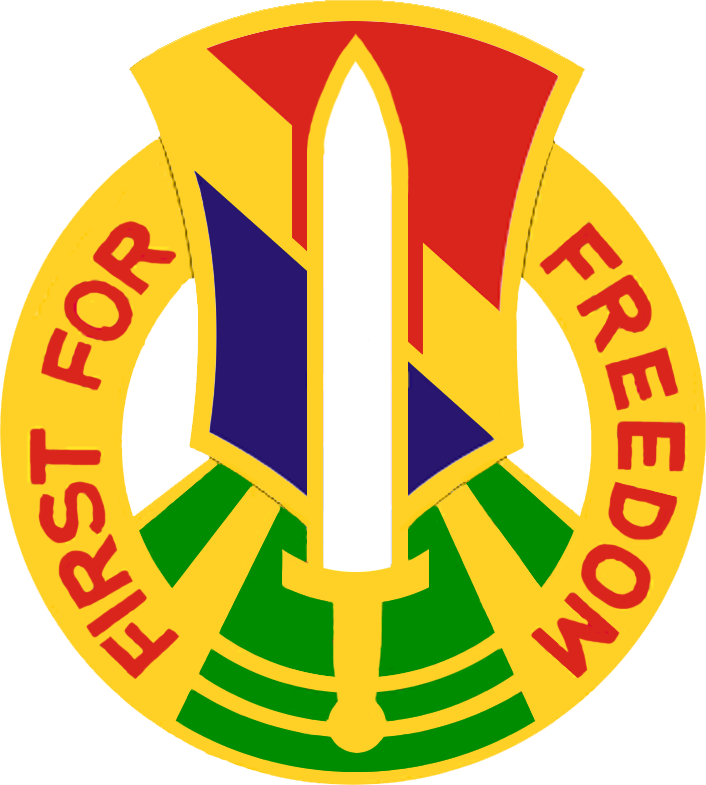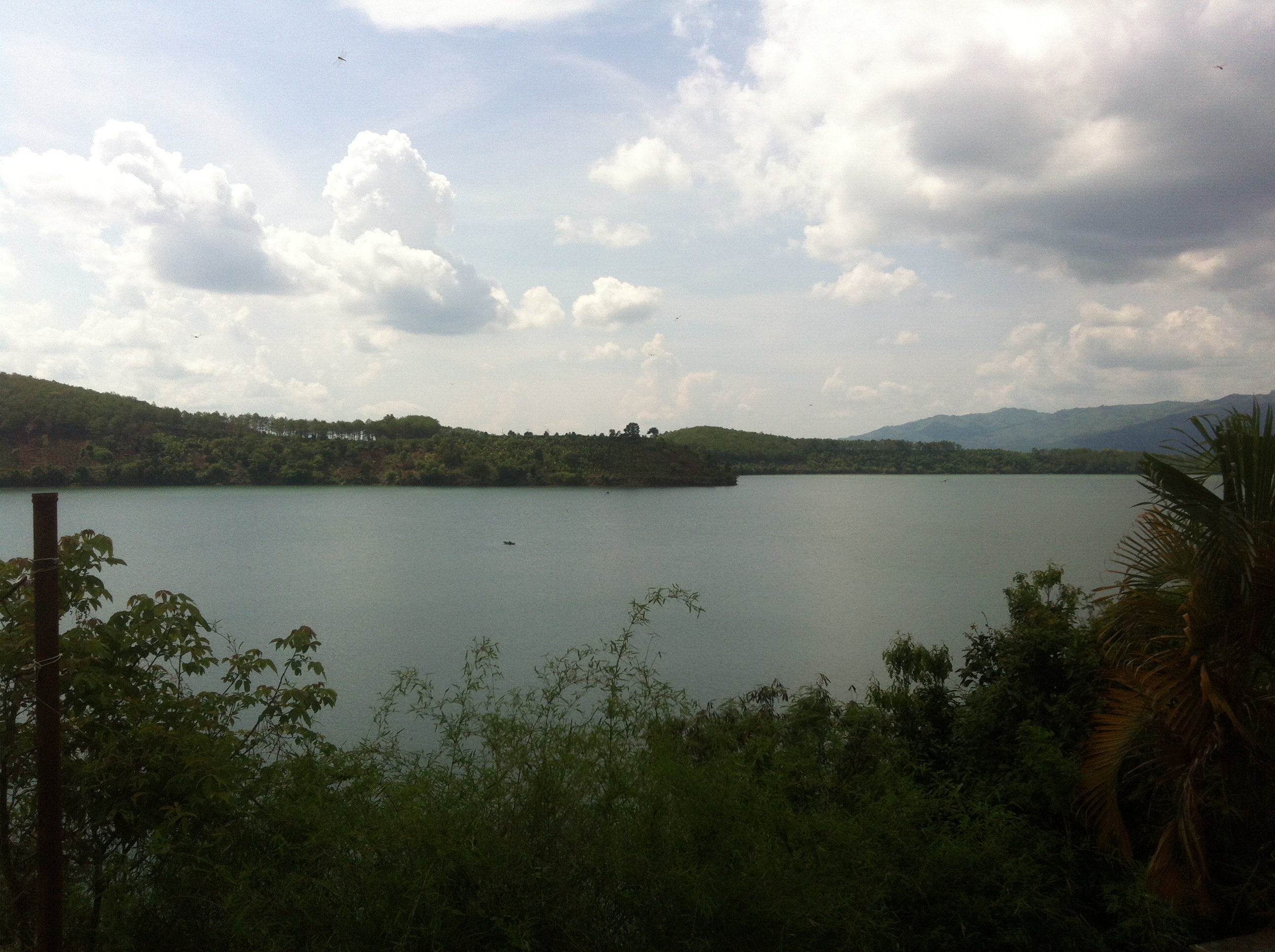|
Operation MacArthur
Operation MacArthur (later renamed Operation Binh Tay–MacArthur) was a United States Army military operation in the Central Highlands of South Vietnam from 12 October 1967 to 31 January 1969. The early phases of the operation encompassed the Battle of Dak To from 3 to 23 November 1967. Background The U.S. 4th Infantry Division was responsible for the defense of the provincial and district capitals that lay along Highway 14, a paved road that ran from north to south through the middle of the Central Highlands. Opposing the 4th Infantry Division was PAVN General Hoàng Minh Thảo’s B3 Front, a headquarters that controlled all the main force units in the South Vietnamese provinces of Kontum, Pleiku and Darlac, as well as the western portions of Bình Định and Phu Bon Provinces. Thao’s main combat force, the 1st Division, contained three strong regiments, the 32nd, the 66th, and the 174th, and was commanded by a veteran officer, Colonel Nguyễn Hữu An. The B3 Fr ... [...More Info...] [...Related Items...] OR: [Wikipedia] [Google] [Baidu] |
Vietnam War
The Vietnam War (also known by #Names, other names) was a conflict in Vietnam, Laos, and Cambodia from 1 November 1955 to the fall of Saigon on 30 April 1975. It was the second of the Indochina Wars and was officially fought between North Vietnam and South Vietnam. The north was supported by the Soviet Union, China, and other communist states, while the south was United States in the Vietnam War, supported by the United States and other anti-communism, anti-communist Free World Military Forces, allies. The war is widely considered to be a Cold War-era proxy war. It lasted almost 20 years, with direct U.S. involvement ending in 1973. The conflict also spilled over into neighboring states, exacerbating the Laotian Civil War and the Cambodian Civil War, which ended with all three countries becoming communist states by 1975. After the French 1954 Geneva Conference, military withdrawal from Indochina in 1954 – following their defeat in the First Indochina War – the Viet Minh to ... [...More Info...] [...Related Items...] OR: [Wikipedia] [Google] [Baidu] |
Map Of The II Corps Tactical Zone In The Central Highlands Of South Vietnam (as Used During The Battle Of Dak To, 1967)
A map is a symbolic depiction emphasizing relationships between elements of some space, such as objects, regions, or themes. Many maps are static, fixed to paper or some other durable medium, while others are dynamic or interactive. Although most commonly used to depict geography, maps may represent any space, real or fictional, without regard to context or scale, such as in brain mapping, DNA mapping, or computer network topology mapping. The space being mapped may be two dimensional, such as the surface of the earth, three dimensional, such as the interior of the earth, or even more abstract spaces of any dimension, such as arise in modeling phenomena having many independent variables. Although the earliest maps known are of the heavens, geographic maps of territory have a very long tradition and exist from ancient times. The word "map" comes from the , wherein ''mappa'' meant 'napkin' or 'cloth' and ''mundi'' 'the world'. Thus, "map" became a shortened term referring t ... [...More Info...] [...Related Items...] OR: [Wikipedia] [Google] [Baidu] |
An Khê
An Khê is a town (''thị xã'') of Gia Lai province in the Central Highlands region of Vietnam. As of 2003 the district had a population of 63,118. The district covers an area of 199 km². The district capital lies at An Khê. Located on the main highway, QL-19, between Qui Nhơn on the coast and Pleiku in the Central Highlands, An Khê was of strategic significance during the Vietnam War. History During the early 15th century, An Khe was a Cham/highlander city bore the name Samriddhipuri (City of Virtue, Richness). First Indochina War The Battle of Mang Yang Pass, the last major battle of the First Indochinese War, started near An Khê: on June 24, 1954, French colonial ''Groupe Mobile 100'' received orders to abandon its defensive position at An Khê and to fall back to the safer Pleiku, some 50 miles away over Route Coloniale 19. At the road marker 'Kilometer 15' the column was ambushed by Việt Minh troops belonging to the 803rd Regiment and suffered heav ... [...More Info...] [...Related Items...] OR: [Wikipedia] [Google] [Baidu] |
Tân Cảnh Base Camp
Tân Cảnh Base Camp (also known as Đắk Tô 1) is a former U.S. Army and Army of the Republic of Vietnam (ARVN) base northwest of Kon Tum in the Central Highlands of Vietnam. History 1962–67 The 5th Special Forces Group Detachment A-333 first established a base at Đắk Tô in 1962 to monitor communist infiltration along the Ho Chi Minh Trail. In early-mid 1967 increased infiltration into the Central Highlands led Major General William R. Peers commander of the 4th Infantry Division to request reinforcements and the 173rd Airborne Brigade was moved by air to Đắk Tô in June 1967. As the existing Special Forces base camp and airfield were too small to accommodate large numbers of troops and their support requirements, a new airfield and base camp known as Đắk Tô 2 and Đắk Tô Base Camp were established several kilometres further west, approximately 40 km northwest of Kon Tum and the former camp became known as Tân Cảnh Base Camp. 1972 In early 197 ... [...More Info...] [...Related Items...] OR: [Wikipedia] [Google] [Baidu] |
Civilian Irregular Defense Group Program
The Civilian Irregular Defense Group (CIDG, pronounced "sid-gee") was a military program developed by the Central Intelligence Agency (CIA) during the Vietnam War, which was intended to develop South Vietnamese irregular military units from indigenous ethnic-minority populations. The main purpose of setting up the CIDG program was to counter the growing influence of Viet Cong (VC) in the Central Highlands by training and arming the villagers for village defense. The program rapidly expanded after the US military transferred its control from CIA to MACV after two years since its inception and changed its focus from village defense to more conventional operations. From June 1967 on wards the CIDG members were made part of the Army of the Republic of Vietnam (ARVN) or other government agencies to increase Vietnamese participation. By late 1970, the remaining CIDG camps were converted to Vietnamese Rangers camps. The indigenous ethnic-minority people that formed the CIDG reaped signif ... [...More Info...] [...Related Items...] OR: [Wikipedia] [Google] [Baidu] |
William B
William is a male given name of Germanic origin.Hanks, Hardcastle and Hodges, ''Oxford Dictionary of First Names'', Oxford University Press, 2nd edition, , p. 276. It became very popular in the English language after the Norman conquest of England in 1066,All Things William"Meaning & Origin of the Name"/ref> and remained so throughout the Middle Ages and into the modern era. It is sometimes abbreviated "Wm." Shortened familiar versions in English include Will, Wills, Willy, Willie, Bill, and Billy. A common Irish form is Liam. Scottish diminutives include Wull, Willie or Wullie (as in Oor Wullie or the play ''Douglas''). Female forms are Willa, Willemina, Wilma and Wilhelmina. Etymology William is related to the given name ''Wilhelm'' (cf. Proto-Germanic ᚹᛁᛚᛃᚨᚺᛖᛚᛗᚨᛉ, ''*Wiljahelmaz'' > German ''Wilhelm'' and Old Norse ᚢᛁᛚᛋᛅᚼᛅᛚᛘᛅᛋ, ''Vilhjálmr''). By regular sound changes, the native, inherited English form of the name should b ... [...More Info...] [...Related Items...] OR: [Wikipedia] [Google] [Baidu] |
I Field Force, Vietnam
I Field Force, Vietnam was a corps-level command of the United States Army during the Vietnam War. Activated on 15 March 1966, it was the successor to Task Force Alpha, a provisional corps command created 1 August 1965 (renamed Field Force Vietnam on 25 September) for temporary control of activities of U.S. Army ground combat units arriving in Vietnam. I Field Force was a component of U.S. Military Assistance Command Vietnam (MACV) and had its headquarters at Nha Trang. Area of Responsibility and Units Assigned I Field Force's area of responsibility was II Corps Tactical Zone, later renamed Military Region 2, which comprised the twelve provinces of Vietnam's Central Highlands. Among the divisions and brigades it controlled were: * 1st Cavalry Division (Airmobile) * 4th Infantry Division *3d Brigade, 25th Infantry Division *1st Brigade, 101st Airborne Division *173rd Airborne Brigade * 41st Artillery Group *52nd Artillery Group *77th Radar Detachment *54th Signal Battalion ... [...More Info...] [...Related Items...] OR: [Wikipedia] [Google] [Baidu] |
Cambodia
Cambodia (; also Kampuchea ; km, កម្ពុជា, UNGEGN: ), officially the Kingdom of Cambodia, is a country located in the southern portion of the Indochinese Peninsula in Southeast Asia, spanning an area of , bordered by Thailand to the northwest, Laos to the north, Vietnam to the east, and the Gulf of Thailand to the southwest. The capital and largest city is Phnom Penh. The sovereign state of Cambodia has a population of over 17 million. Buddhism is enshrined in the constitution as the official state religion, and is practised by more than 97% of the population. Cambodia's minority groups include Vietnamese, Chinese, Chams and 30 hill tribes. Cambodia has a tropical monsoon climate of two seasons, and the country is made up of a central floodplain around the Tonlé Sap lake and Mekong Delta, surrounded by mountainous regions. The capital and largest city is Phnom Penh, the political, economic and cultural centre of Cambodia. The kingdom is an elective co ... [...More Info...] [...Related Items...] OR: [Wikipedia] [Google] [Baidu] |
Bình Định Province
B, or b, is the second letter of the Latin-script alphabet, used in the modern English alphabet, the alphabets of other western European languages and others worldwide. Its name in English is '' bee'' (pronounced ), plural ''bees''. It represents the voiced bilabial stop in many languages, including English. In some other languages, it is used to represent other bilabial consonants. History Old English was originally written in runes, whose equivalent letter was beorc , meaning "birch". Beorc dates to at least the 2nd-century Elder Futhark, which is now thought to have derived from the Old Italic alphabets' either directly or via Latin . The uncial and half-uncial introduced by the Gregorian and Irish missions gradually developed into the Insular scripts' . These Old English Latin alphabets supplanted the earlier runes, whose use was fully banned under King Canute in the early 11th century. The Norman Conquest popularised the Carolingian half-uncial forms which ... [...More Info...] [...Related Items...] OR: [Wikipedia] [Google] [Baidu] |
Pleiku
Pleiku is a city in central Vietnam, located in the Central Highlands region. It is the capital of the Gia Lai Province. Many years ago, it was inhabited primarily by the Bahnar and Jarai ethnic groups, sometimes known as the Montagnards or Degar, although now it is inhabited primarily by the Kinh ethnic group. The city is the centre of the urban district of Pleiku which covers an area of 261 km². As of 2003 the district had a population of 186,763. The city sits at the junction of several national roads— National Route 14 to Kon Tum in the north and Buôn Ma Thuột in the south and National Route 19 to Stœng Trêng in Cambodia in the west (via Ratanakiri Province) and to Bình Định Province in the east. The city is home to the Hoàng Anh Gia Lai football club. Pleiku is served by Pleiku Airport in the near outskirts of the city. History First Indochina War At the end of the First Indochina War, in June 1954, the French Army ''Groupe Mobile 100'' was orde ... [...More Info...] [...Related Items...] OR: [Wikipedia] [Google] [Baidu] |
.jpg)


